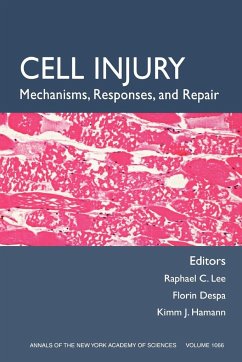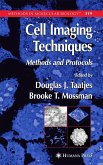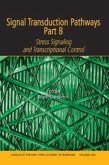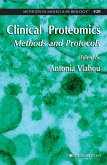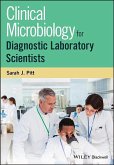When cells are damaged, as often occurs during trauma and metabolic stress, a highly evolved cell healing process follows that was designed to enhance cell survival or remove irreparably injured cells. Following injury, cells attempt to seal breaks in their membranes, chaperone removal or refolding of altered proteins, repair damaged DNA, or if necessary commit to programmed cell death. When cell injury is too extensive to permit reparative responses, acute cellular necrosis or apoptosis can result. Understanding injury at the subcellular organelle and molecular levels is essential for development of new therapeutic strategies and for optimal management of injured victims. In this volume, various modes of injury that can occur are described, as well as the basic molecular healing responses and pathways of metabolic survival or death. The approach taken here is to look at these processes at the cellular and subcellular levels, rather than at the tissue level, and this volume will be a valuable resource to anyone interested in wound healing, biological stress responses, molecular chaperones, radiobiology, biomechanics, and biomedical engineering, as well as trauma and critical care medicine. NOTE: Annals volumes are available for sale as individual books or as a journal. For information on institutional journal subscriptions, please visit www.blackwellpublishing.com/nyas. ACADEMY MEMBERS: Please contact the New York Academy of Sciences directly to place your order (www.nyas.org). Members of the New York Academy of Science receive full-text access to the Annals online and discounts on print volumes. Please visit www.nyas.org/membership/main.asp for more information about becoming a member.
Hinweis: Dieser Artikel kann nur an eine deutsche Lieferadresse ausgeliefert werden.
Hinweis: Dieser Artikel kann nur an eine deutsche Lieferadresse ausgeliefert werden.

